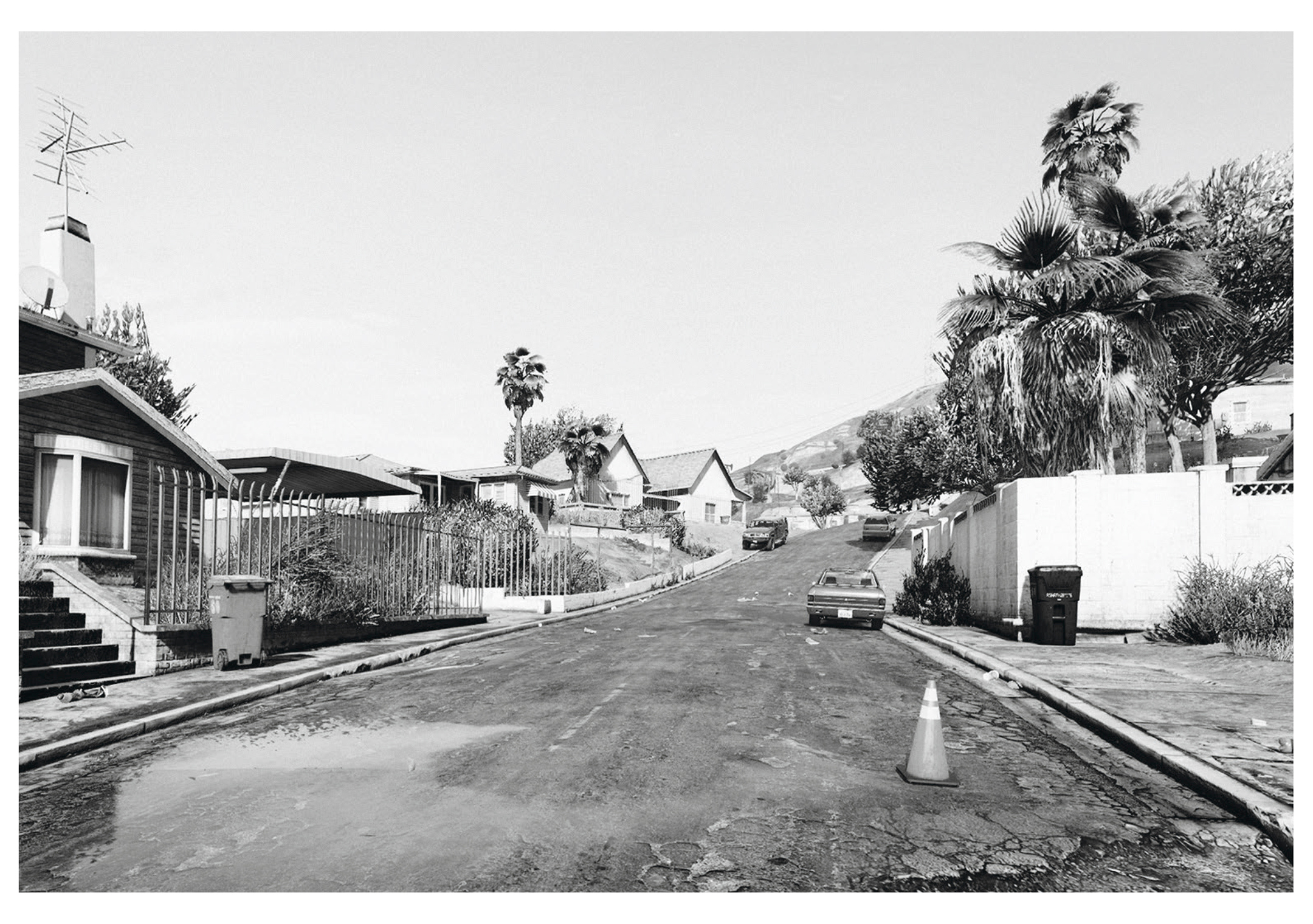
Photo essay Conceptual
West of here
Leonardo Magrelli was gracious enough to answer some questions about his debut photo book, "West of Here." It's a beautiful looking book and conceptually brilliant, if you ask me.

- Tell us a little about your background – what path led you to becoming a photographer, and to doing what you’re doing today?
I was born in Rome, and growing up it has always been clear, at least to me, that I should be doing something visual: the problem was what exactly to do! I have never painted, but I have been drawing all my life, and I was convinced that I had to look for something that would allow me keep doing it —of course I didn’t end up doing any of that! I took a BA in Design with the idea that I would be able to experiment with different professional possibilities: a little architecture, a little design, illustration, graphics. During my studies I also started working as a book designer, and my mentor at that time suggested that, rather than taking a master's degree, I should study History of Art, to broaden my cultural horizons instead of focusing them on a single specific topic. So I re-enrolled in a three-year course and went back to university. It was a very interesting period, at the end of which I finally decided I wanted to work mainly with photography.

- What would you say is your approach to photography?
As you may have understood, I do not come from classical photography studies nor have I attended photographic schools. I believe that those who "grow up" in the darkroom have a particular relationship with photographic images, because the developing is obviously a very suggestive process, an almost sacred moment in which we witness the birth of the image from the chemical bath. As I said, I grew up making book covers for trade publishers. This means that every day I would be browsing on online stock image websites to find the right photograph to convey the meaning of a book: for example, it may happen that you have to take the photo of a woman, cut it out, put it in front of a landscape, add a different sky, leave space for the text, change the colors and make the final image uniform. An approach that makes it clear how unreliable the concept of photographic truth is and how much images can lie. I believe these two assumptions profoundly influenced my subsequent artistic practice. When I approached photography, I was immediately fascinated in particular by those authors who worked on the ambiguity of the photographic medium, on the fictitious nature of the images and on the relationship between pictures and text. To my particular surprise, I discovered that these topics have been explored since the birth of the photographic medium.
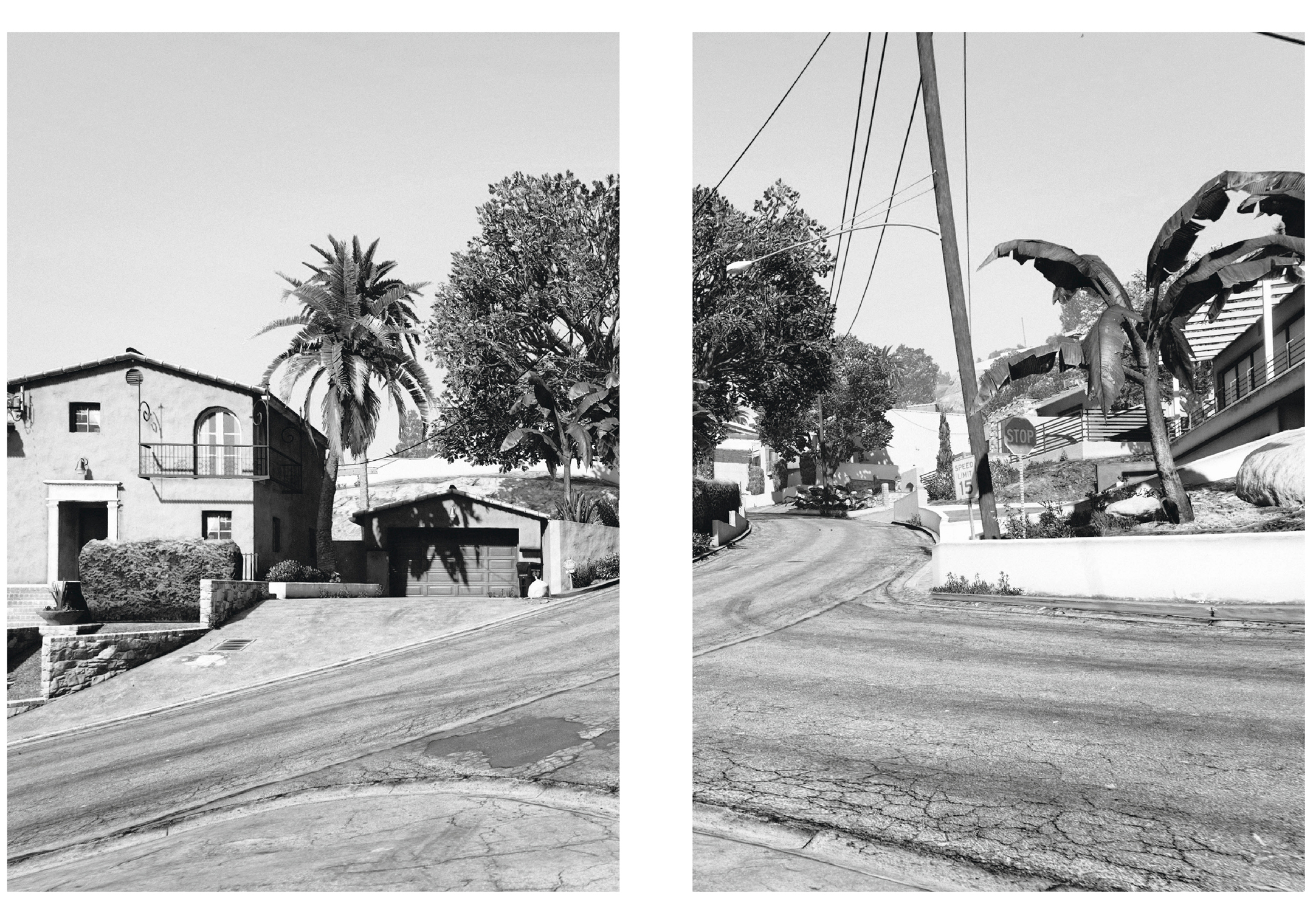
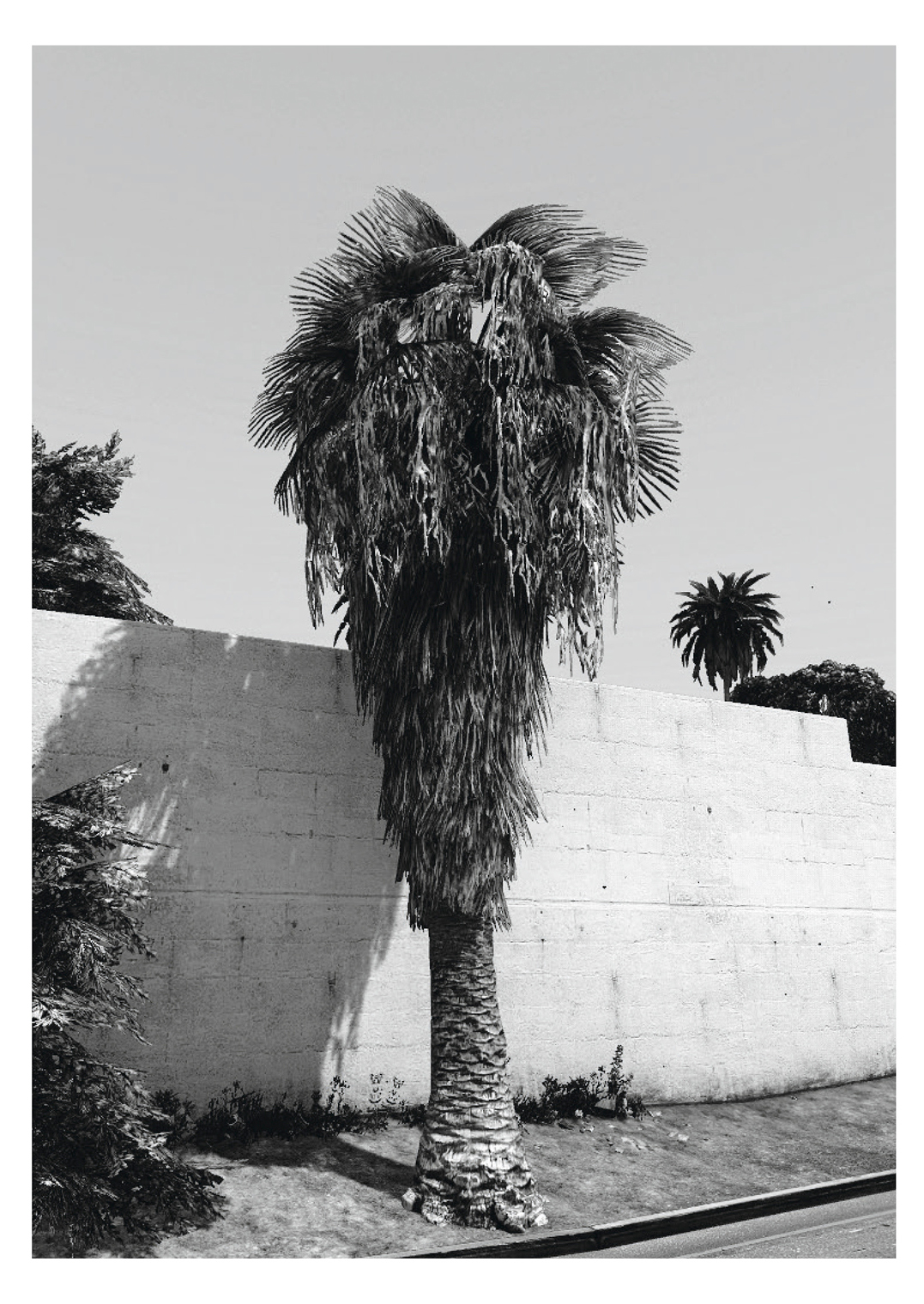
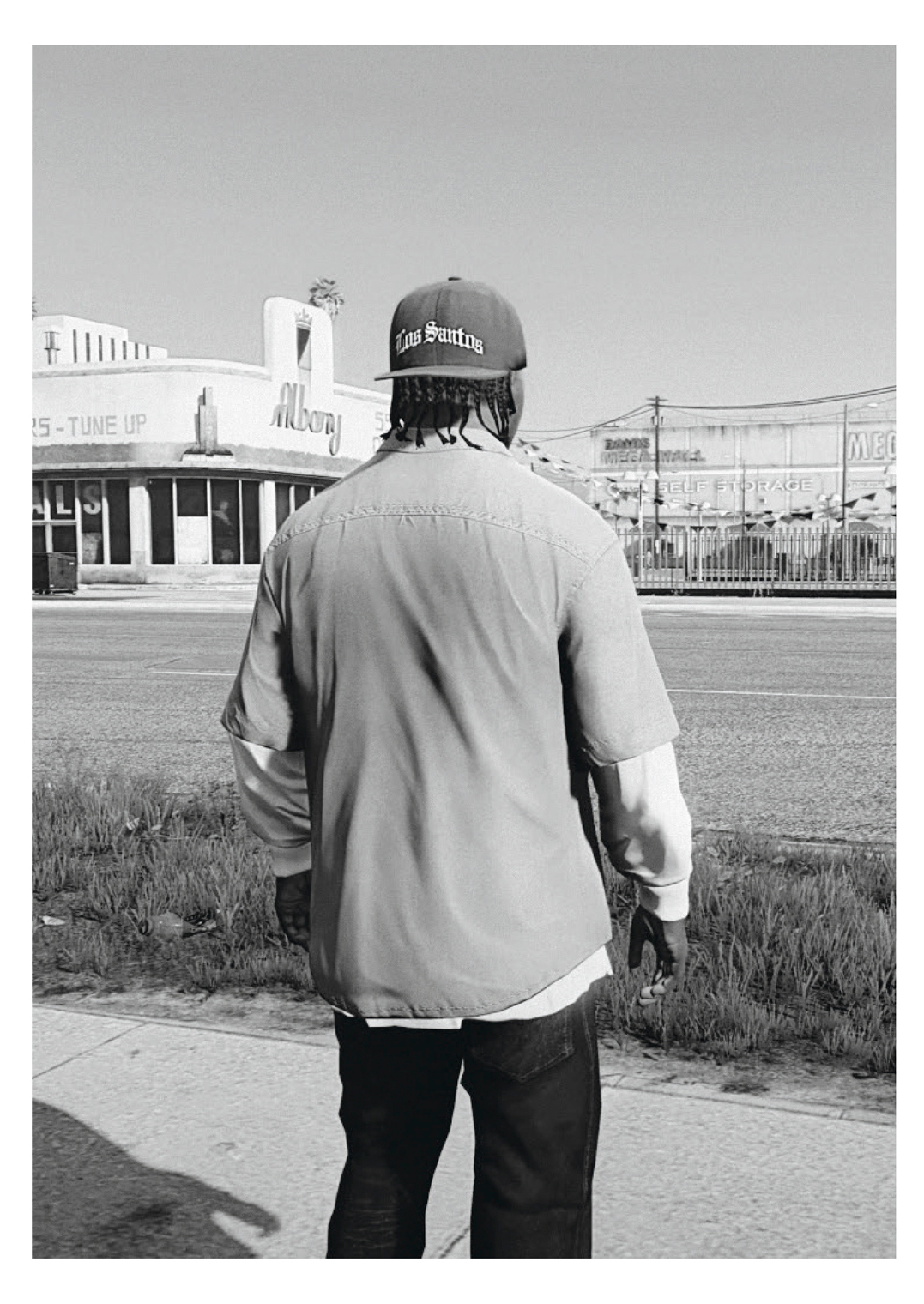
- Can you tell us more about your first book? And the project itself.
For a long time, and for pure personal pleasure, I have collected images from countless blogs on the internet, where players from all over the world upload pictures and screenshots from the video game Grand Theft Auto V. I spent hours as a kid playing the previous versions of the same game, but I never got to try this last version and I was curious to see what it was like. After a bit of research on the internet, the thing that struck me most, in addition to the incredible potential of the video game, was the huge amount of visual evidence, recorded by users, of this non-existent place. When I was younger it would never have occurred to me to "photograph" what happened in a video game. MToday, however, there are thousands of these images on the net. The reason, in my opinion, is that if we have the possibility, in a simple way, to visually record something, we will always end up doing it. The crucial step was when I tried, almost by chance, to bring these extremely saturated and colorful images to black and white. Their virtual and digital evidence disappeared, further blurring the difference between true and false. Thus was born the book, also conceived, with its deliberately “vintage” design, to hide the true nature of the images. Working with reused material meant highlighting the uncontrolled proliferation of images in every field, and at the same time allowed me to reconstruct a narrative of a place that does not exist, a single narrative that would start from a sort of "collective memory". Furthermore, the work was based on the desire to question the value of physical traces of an intangible reality, to explore the possibilities and implications of photographing a virtual place and to undermine the concepts of indexicality and recognition in the photography, and therefore of its veracity.
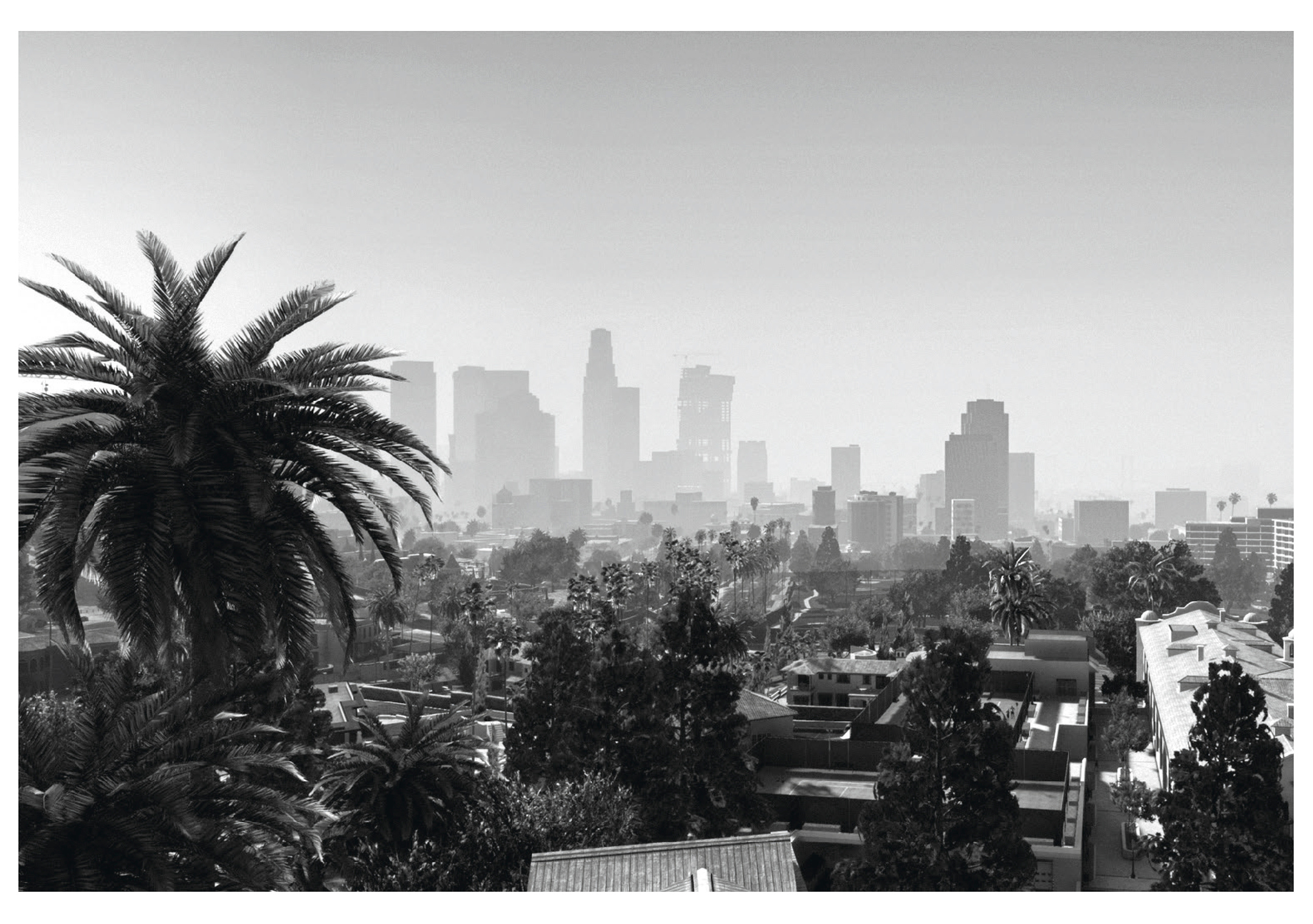
- Which other photographers, designers, artists or creative people are you loving at the moment?
I fall in love with new works and artists everyday. Aside from the classical museum and gallery exhibitions, Instagram or other more specific websites are truly powerful tools of discovery of new things, as long as this constant visual stimulation is backed by some in-depth study on what strikes us. I always try to read something more about the artworks that impresses me, and I’m deeply fascinated by artists' biographies. This is to say that I constantly add new names to the list of artists that I love, and that they’re a lot! So, if I have to drop some names, I would rather focus on other Italian artists that I admire and who have become friends. The dialogue with them and the deeper and more personal knowledge of their work have made me grow enormously. Giorgio di Noto, Alessandro Calabrese, Irene Fenara, Giulia Parlato, Eleonora Agostini, Silvia Rosi, Jacopo Valentini, Federico Clavarino, Gaia Di Lorenzo, Tami Izko, Andrea Martinucci, Pietro Librizzi, Matteo De Mayda, Giovanni De Cataldo. I’m stopping here but there could be so many more!
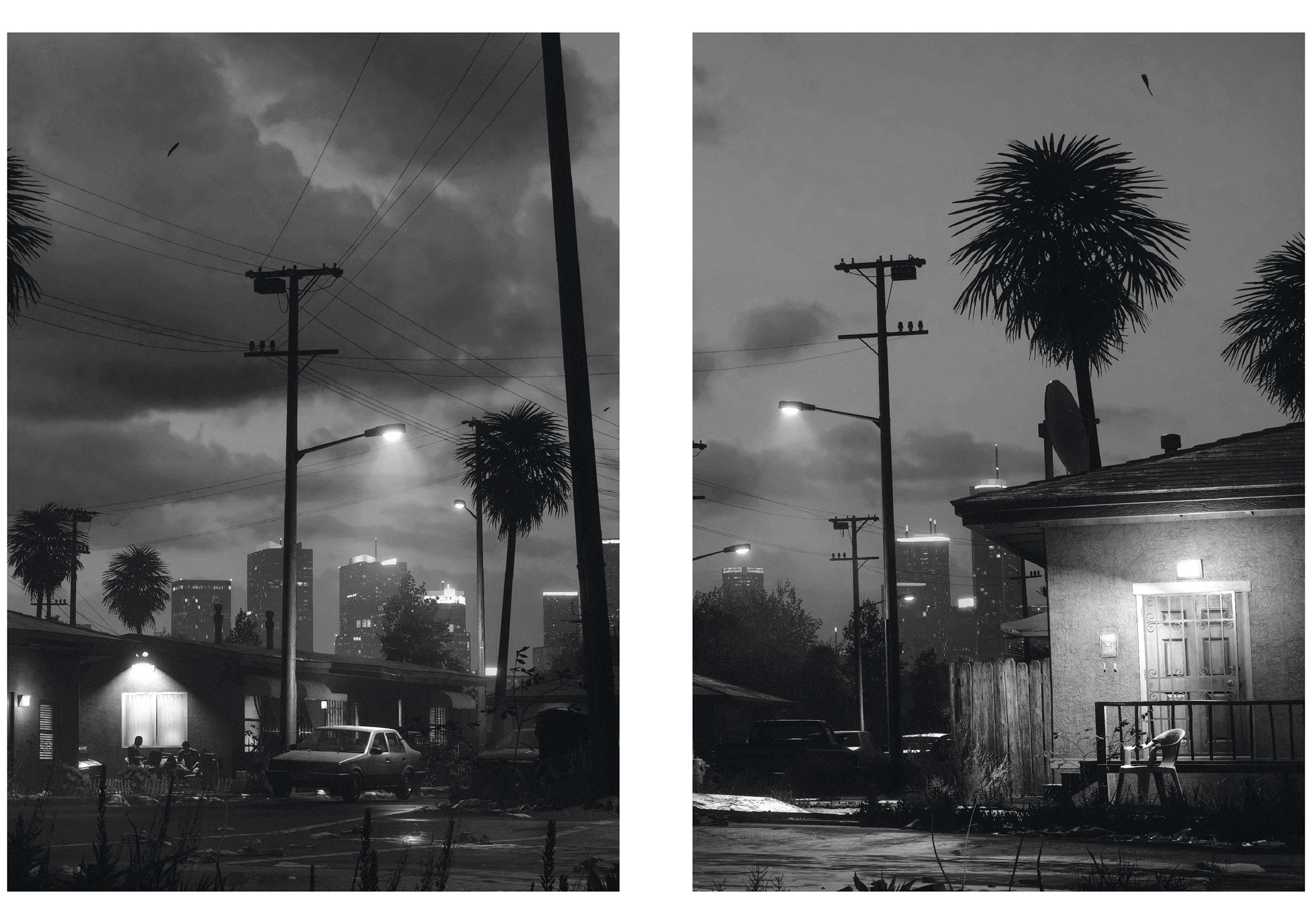

© Pictures by
Leonardo Magrelli
